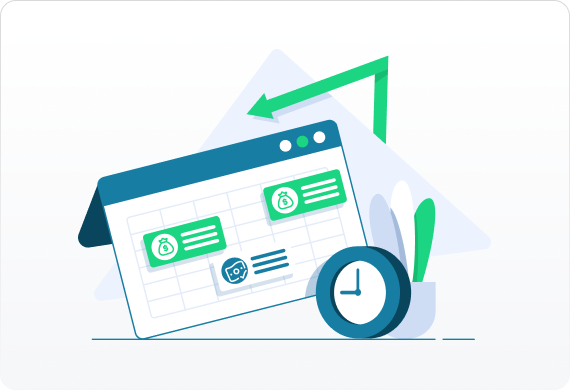Logging, timber, and wood produces raw products used in manufacturing, paper goods, and more. In the United States, it provides employment for 2.5 million people, produces $300 billion of products, and makes up 47% of raw materials used in manufacturing. The industry’s growth prospects look favorable, with pent-up demand expected to drive revenue increases in 2021 and lumber and wood prices at an all-time high.
Now is the time to expand your timber business or look into a merger or acquisition to fuel growth. While you could have the cash reserves to fund your plans, after years of great sales, it’s not always a good idea to use your own capital. If dipping into your cash reserves could make it harder to meet current obligations, or if your revenues have been used to pay off old debt, borrowing could be a smart choice.
If you’re ready to borrow now, it takes just a few minutes to apply online. Before you apply you should know the funds intended use, how much money you need to borrow, and the best loan for your timber company.







